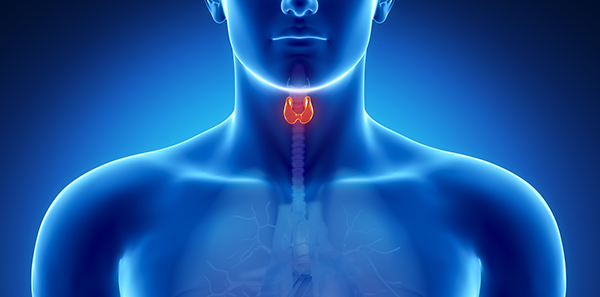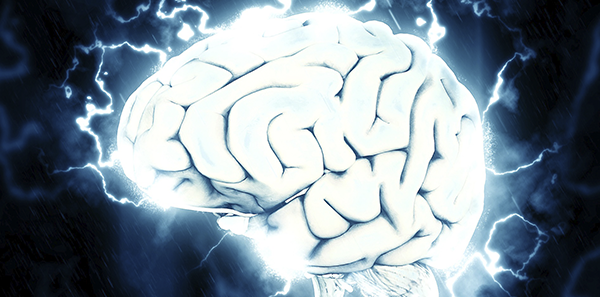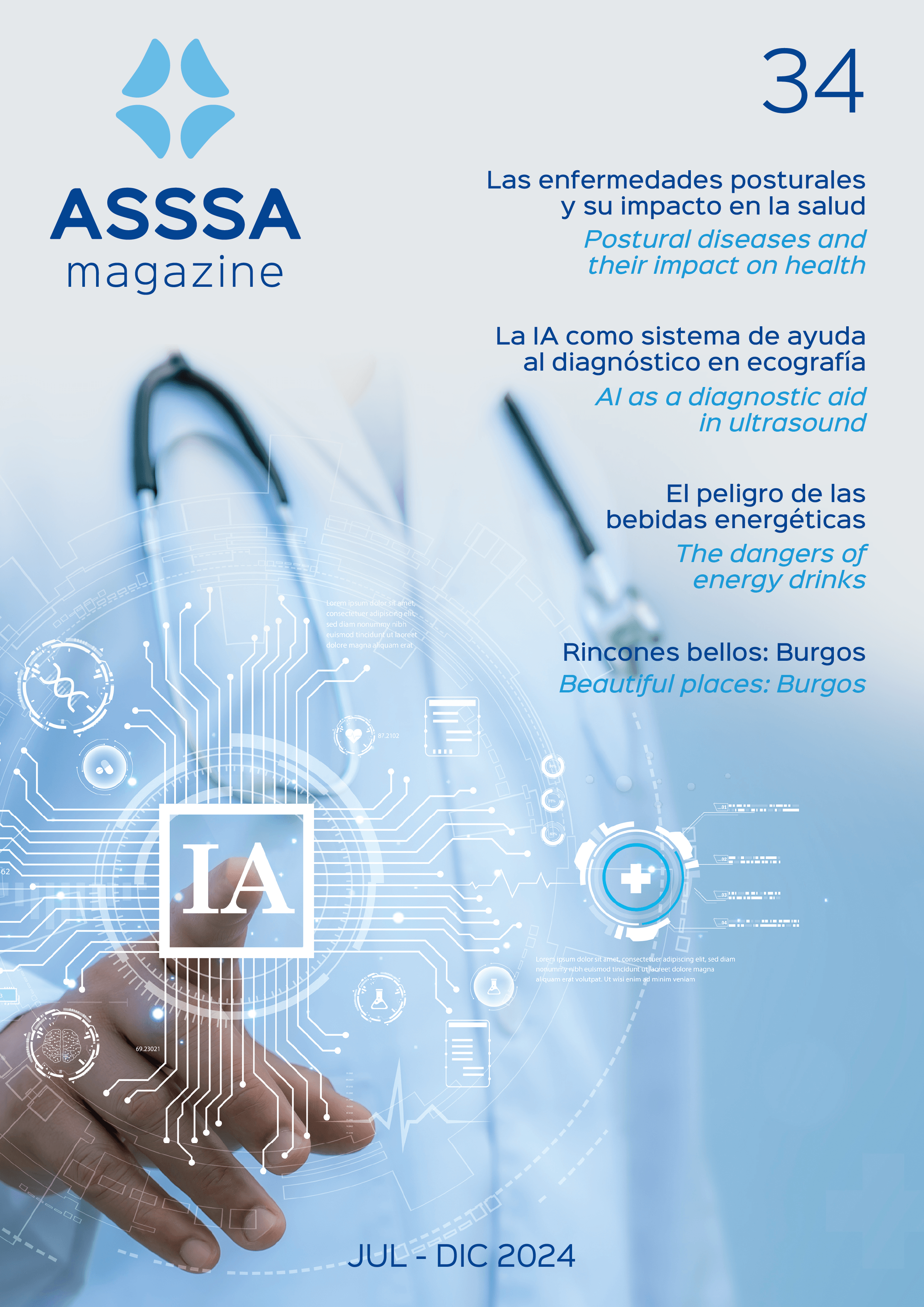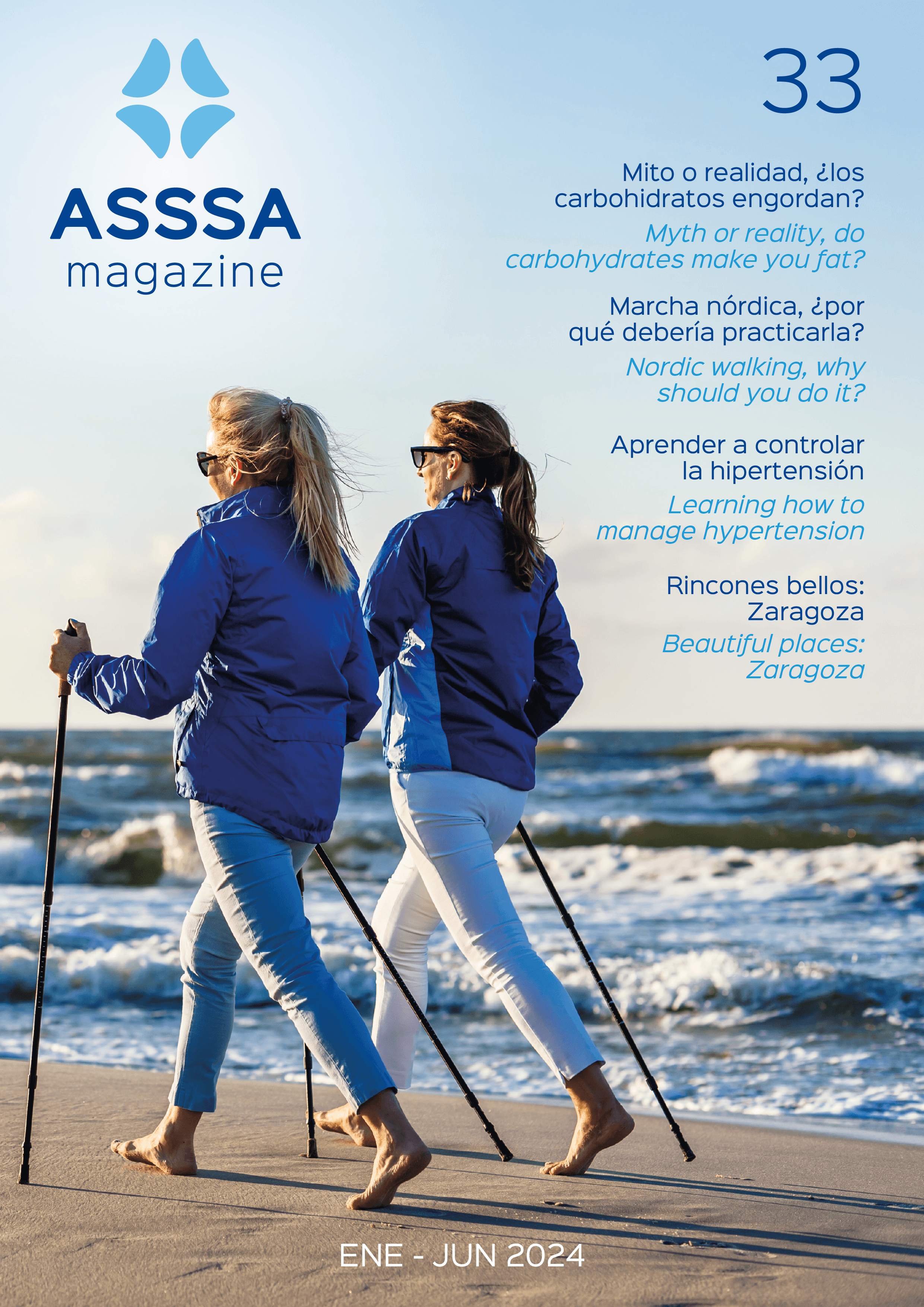
Since the early 21st century, the mental health field has been overflowed with consultations, from Anorexia and Bulimia through a multitude of addictions, up toPersonality Disorders.
The term “crazy” has always been associated with those patients who seem to be “beyond reality”, mainly those who sufferpsychosis; however, aren’t abuse and anorexia also “far from reality”, or simply when we do not accept that things are not available as we would like and go madlike children do?. Let’s respect the Word “crazy” and leave it aside.
When the term madness was defined, persons who were “mad” were tied with heavy chains so that they could not escape and were committed to ancient asylums, thought to be possessed by the devil. Pinel, an 18 th century doctor, unchained and cleaned them and said that they were not bewitched, and began to treat them with dignity, both as ill patients and as persons. Since then, much has happened and the field of mental health has made progress in an exponential manner but we must still remove some chains.
Dr. Lopez-Ibor says, “the main illnesses on which Psychiatry focuses nowadays are not hosed strange, so-called “crazy” people interned in asylums orwandering the streets, but rather the phenomena of adolescent suicide, violence amongst youth or drug abuse”. The first issue to question is whether these persons are ill r not. Perhaps it is most prudent, in other words, to deduce that if these persons seek the attentionof a psychiatrist, psychologist or at a casually form, etc., with suffering, self induced lesions, suicidal tendencies or conflicts in general, that thisis because “something” is going on. In my opinion, they are clearly ill, but what is chained now is their “personality” mainly, and this is not as clearly or easily understood as would be a very common disorder, such as schizophrenia, and therefore their family members despair ever more.
From the definitions given, we may affirm about Personality Disorders that these are suffered by those persons with difficulties that are clearly rooted in theirpersonality/character and behavior, with conflicts that are visibly manifested during their youth. It would be easier to define personality first. The human person is a type of tripod, composed of our constitution (body), temperament and character. What happens is that one’s constitution and temperament (specific, genetically determined reactions) obey more to genetic inheritance while one’scharacter, however, results of the interaction between that which web ring from home (one’s temperament) with oursurroundings (parents, Friends, siblings, break-ups, humiliations, etc.) and from this interaction, which is continuously shaped since a very Young age, emerges our character.
Nevertheless, what is colloquially referred to as “my way of being” (one’s character) is often times a burden for the person, because it acts in “automaticmode” as the way in which “I” act every day because that’s how I learned to act to defend myself in life, that’s why there are people who are more masochisticthan others, some more extroverted, others more sympathetic, an eve persons who are so tremendously suspicious that they don’t even trust their ownsshadow.
Personality Disorder refers to those in which a pathological character makes living with others and with oneself difficult, all of this in a repetitious, automatic andpermanent way in one’s day to day existence, as already mentioned. Depending on which of life’s areas this suffering ensues is that we may speak of one oranother type of Personality Disorder. But, beyond the types, what matters is that this emotional and vital disequilibrium, common to almost all of these disorders, creates a devastating anguish which expresses itself through conflicts with the family, at work, health-related issues, relationship problems, and also anomalousbehaviours through which said imbalance is conveyed: addictions, eating disorders, physical and/or verbal abuse, and suicide attempts. Many times, thesebehaviors are means of escape from the suffering of intense anguish but are not the main pathology (one’s character).
What we wish to transmit is a more hopeful future for these patients because psychiatrists and psychologist have greater theoretical knowledge about thesedisorders. Biological and genetic research studies, as well as Neuroimaging, are formidable in this field, as well as progress in more specificpsychotherapies. Clearly, we are better prepared than before and although sometimes one hears talk about the “new chronic patients”, it is not the same. Littleby Little we’ll undo their chains and keep working from the field of mental health today towards providing them the dignity they deserve.
Dra. Paloma C. Navarro Gómez-Psychiatrist. Clínica Mediterránea de Neurociencias.
The information published in this media neither substitutes nor complements in any way the direct supervision of a doctor, his diagnosis or the treatment that he may prescribe. It should also not be used for self-diagnosis.
The exclusive responsibility for the use of this service lies with the reader.
ASSSA advises you to always consult your doctor about any issue concerning your health.












